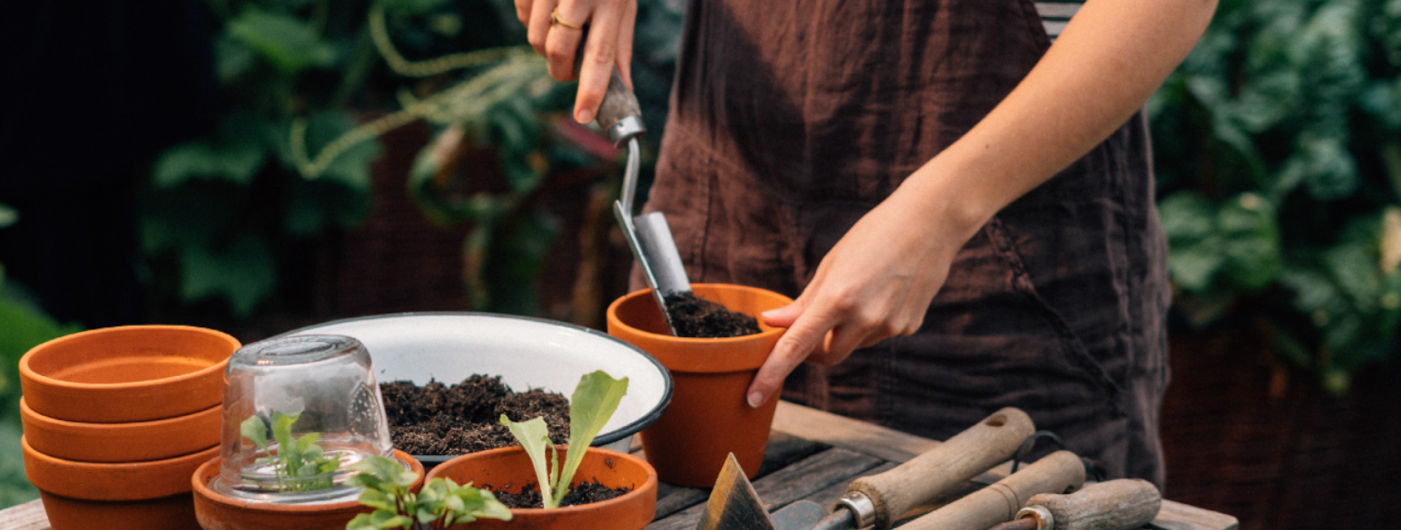Seeds of vegetables that store well for use in winter
You can make your home-grown vegetables last into the winter by also growing crops that store well. Typical storage vegetables are potatoes, squashes, carrots, cabbages, onions, garlic and a few other root vegetables.
Harvesting at the right time and following a few basic storage guidelines are the key to making sure your stored vegetables stay fresh and delicious.
Learn more
Here are a few key points to follow:


